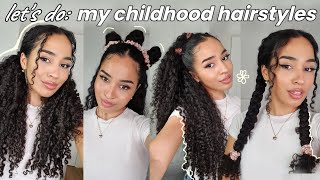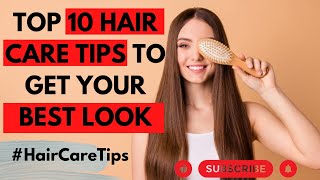Let Us Take One Last Critical Look At This - Are Extensions On Children A Form Of Child Ab

After reading a recent post about a mother who received backlash from concerned parents and citizens on social media for installing faux locs on her daughter’s hair, I couldn’t help but wonder when a simple hairstyle which is loved by many suddenly became abusive.
I mean, is it child abuse because faux locs is a style that’s commonly worn by adults? Or is it child abuse because the child is wearing extensions*? Perhaps it’s the tightness of the hairstyle that makes it to be very abusive on the child.
I for one have never considered hair extensions*, relaxers, or hair dyes to be appropriate on kids; call me old school, but that’s just my opinion. I know some of you are probably thinking, “Caucasians wear extensions* too, so what’s the big deal?”
While you may be right, there’s absolutely nothing wrong with adults wearing any hairstyle that pleases them, but when it comes to children, caution must be taken on how they are presented to the public.
In fact, prior to my discovery of the natural hair community, I never thought much about extensions on kids because it was so prevalent that it became normal to me. However, I did frown upon relaxers and weaves on children because I know how damaging those hairstyles can be on an adult, let alone on young children.
So, how do children end up wearing extensions and unacceptable (or in some people’s words “abusive”) hairstyles?
Since our children are a representation of us, they will likely dress in a way that’s similar to the way the parents dress.
This means that moms who grew up in a weave culture won’t see the big deal in fixing a quick weave on their child. And if she grew up believing that a hairstyle has to be tiny and tight, then the child will have no choice but to bear the pain of a new hairstyle.
It’s even worse if the mother has a receding hairline and balded patches as a result of aggressive hairstyles because it can mean bad news for the child’s edges. Also, a mother who got her first relaxer at a young age won’t see anything wrong with relaxing her two years old’s hair. After all, it’s just hair, it will grow back.
Since you can only teach what you know, a mother with inadequate knowledge of healthy hair care won’t have much to teach the child.
As a result, she will likely style the child’s hair in a hairstyle that’s easier and more economical. An example of an economical hairstyle could be braided extensions that will last weeks, though it may be too heavy for the child to carry or a relaxer which can burn the child’s scalp and disturb the child’s natural hair growth cycle.

What are the long term consequences of extensions* when introduced at a young age?
Like other parts of children’s bodies, the tiny follicles that control hair growth is still forming and developing into a more robust and healthy “root” which will produce healthy hair throughout the child’s lifetime. And so, great caution must be taken when manipulating the child’s hair.
Hairstyles that are uncomfortable for the child to bear will also be uncomfortable for her scalp to hold on to. This means that when the hairstyle is pulled too tight, it can pull some hair off the scalp which can damage the hair growth potential of the follicles where the hair was prematurely uprooted from.
Also, when extra weight is added to the hair in the form of extensions, it can also force the hair to be pulled from the scalp, resulting in balded edges. Receding hairline is not cute on anyone, adult or kids, and so parents or the hairstylist of the child should be gentle handed when handling children’s hair.
While it’s true that it’s just hair and it will grow back, the follicles and the tiny cells beneath it which you don’t see operate in a different way than the hair does. So once damage has been done to the cells that actually control hair growth, they might not reproduce more hair, which can cause a permanent hair loss for the child.
So, are extensions a form of child abuse?
Depending on the way the child’s hair is styled, including the level of care that is given to the child’s hair pre and post-installation, it may or may not be a form of child abuse.
Any hairstyle (extensions or no extensions) that is heavy, tight, damaging and uncomfortable to the child’s well-being can definitely be seen as a form of child abuse.
However, if light extensions* such as Marley braids are used minimally and in such a way that the hairstyle doesn’t bring any pain to the child, then it’s not really child abuse, but a way to temporarily change up the child’s look.
What are your thoughts? Are extensions a form of child abuse?




